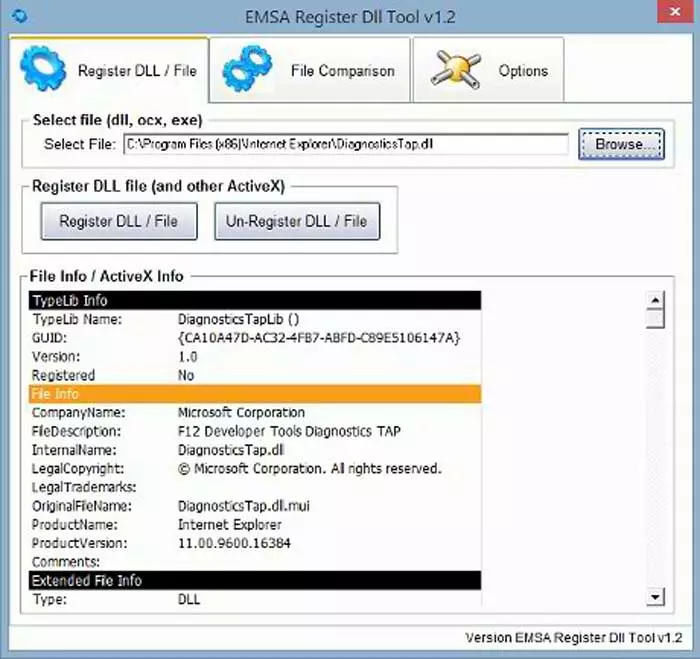
- Registering dll files how to#
- Registering dll files .dll#
- Registering dll files install#
- Registering dll files portable#
- Registering dll files software#
But in case it has to be done manually, it pays to know the correct methods.Ĭharlie Brown is a free lancer writer and content builder of many Technology sites and has written many useful genuine articles. Usually there is no need to manually register/unregister DLL files it is done automatically. The files in the Windows Control Panel also use a lot of DLLs. In this sense they are comparable to Java. ActiveX Control Files (.ocx) for instance, engage in a lot of functions that are reusable. Device driver, Control Panel and ActiveX Control files are just some of them. Many are utilized by one or more programs.
Registering dll files software#
If a DLL file is upgraded, every software that relies on that file will benefit. Program installation and deployment become less complicated. It helps dynamic loading of functionality as well. DLLs also promote the use of modular programming architecture.
Registering dll files how to#
For more information see how to search your PC for. Check to see if you already have registration.dll on your computer.
Registering dll files .dll#
dll file may have been moved or renamed by another application. There are fewer files on a hard disk and memory, increasing system speed. You may already have this file even though you are getting. DLLs reduce the resources needed to do common tasks. But these are actually vital to improving the performance of computer programs. (Some DLL or OCX files are self-registering.) Sometimes, if multiple programs are using a DLL or OCX. This process tells the system the libraries in the file are available for more than one program to use.
Registering dll files install#
Benefits of DLL FilesĭLLs are notorious because they seem to cause so many error messages. When a program installs a library (DLL or OCX) file the program’s install routine will typically register the file with the system. A message will appear stating the file was unregistered.

The following commands can be used with both utilities. If you are using Windows Vista, press the Windows and R keys at the same time. Unregister Dynamic Link LibrariesĬlick Start and type cmd at the Run box. If it doesn’t, an error message will pop up. Advanced users with command-line experience may.
Registering dll files portable#
If it works, a message will appear notifying you. Register Tool is a lightweight and portable software application whose purpose is to quickly register and unregister DLL files and ActiveX controls. The DLLSelfRegister function will be invoked. When you first launch Regsvr32.exe, the program will try loading the component it identifies. This is for Windows XP and later versions. Open Windows Explorer and browse for the location of the DLL file that you are looking to register. Right-click on cmd (Command Prompt) and select Run as administrator. If you use /s, no message boxes will be displayed. To manually register a DLL, follow these steps: Hit the Windows Start button. The /n parameter will not call DllRegisterServer. The /I can be used with /u to call dll uninstall. Regsvr32 “C:\Program Files\Common Files\SOLIDWORKS Shared\SLDSHELLUTILS11u.dll”Īnd that’s all there is to it! The previously unregistered DLL file will now be registered and you can move on with your design work.Regsvr32 ] dllname Code language: Bash ( bash )

The text from the above Command Prompt window is as follows:

These files contain specific codes for different modules in SOLIDWORKS and are necessary to complete certain tasks.Īll that you will need to do is manually register the DLL file by using the Command Prompt. Have no fear! This error message likely appeared because the DLL dependency has either been broken, overwritten, or upgraded to a newer version.Ī DLL is a dynamic link library file format, and is responsible for much of the functionality in SOLIDWORKS. Have you ever tried to perform an action in SOLIDWORKS and suddenly receive an error similar to this one?


 0 kommentar(er)
0 kommentar(er)
